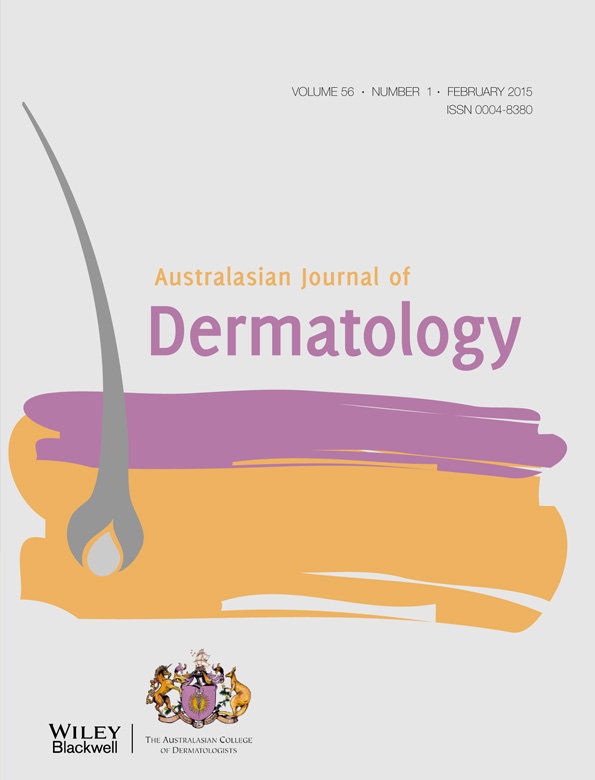Effectiveness of a heparinoid-containing moisturiser to treat senile xerosis
Abstract
Background and Objectives
With the increasing elderly population in Japan, skin problems have become a greater concern. A heparinoid-containing moisturiser is frequently used in Japan, but there is a lack of evidence for its efficacy in treating senile xerosis. To determine whether there is a correlation between age and the hydration state of the stratum corneum (SC) assessed by skin capacitance, and to evaluate the efficiency of a heparinoid-containing moisturiser and a bed bath to treat senile xerosis.
Methods
We recruited 73 individuals to assess the hydration state of the SC on their flexor forearm by measuring their skin capacitance. To evaluate the efficacy of a heparinoid-containing moisturiser on senile xerosis, we recruited seven inpatients with an inactive daily life (IDL) who had senile xerosis. They were treated with the moisturiser in addition to a bed bath in two different protocols, and we measured the skin capacitance on their flexor forearms on days 0, 7 and 14.
Results
There was a weak negative correlation (−0.3854, P < 0.01) between skin capacitance and age. Following the moisturiser treatments, the seven inpatients had increased hydration of both arms on days 7 and 14. The skin capacitance of the right forearm slightly decreased on day 14, even though it was significantly different from day 0 (P < 0.05).
Conclusions
These findings indicate that treatment with a heparinoid-containing moisturiser together with a bed bath is an effective method for treating patients who have senile xerosis and IDL.




